Reality Generator
About
I did a lot of esoteric symbols for a while and created quite a number of images with them. Just like that, with no further intentions, I just enjoyed it. I learned a lot about their meanings, their history and possibly also about their effects.
But today, on November 12th, 2019, I found more information on this from Rudolf Steiner.
Rudolf Steiner:
“For the occult, the symbols have a real meaning. A symbol that is merely an image has no meaning; only something that can become reality can pass into force. If a symbol acts on the spirit man in such a way that intuitive powers are thereby set free, then it is a real symbol. Today the Freemasons say we have symbols that mean this and that. But an occult symbol is one that takes hold of the will of man and passes over into the astral body. ”GA 93, p. 89f.
„It was necessary in these occult schools … that among the many things that had to be overcome in order to also overcome egoism, there was even this: not to speak in the ordinary words within the mysteries, within the occult schools, not to communicate with the ordinary words with which one communicates in the life of external consciousness. Because a certain kind, even if a finer one, one would like to say, higher egoism already passes over into people by using the words, thoughts and concepts that are used in external life.
All those things come into consideration that do not make a person appear as a person in general, but as a member of a certain people with all the egoisms that are peculiar to him because he,legitimately for the outer life, loves his people. For the highest general human knowledge that is to be sought behind the life of ordinary consciousness, we must not bring these higher, refined egoisms with us either.
Therefore the preparation in the occult schools was practiced in such a way that, as it were, first a general human language was created. In these occult schools it was not the language of ordinary life that was used, but a language that ACTED differently on people than any other language that was spoken here or there. It was a language that worked not through words and thoughts, but through symbols. For those who know mathematics it is readily apparent that it has general application by choosing symbols,that can be used anywhere.
By choosing such symbols, so to speak, developing upwards to have a language that speaks in symbols, one was beyond what is mixed up in our judgment, in our ordinary consciousness, of egoism, also of higher egoisms.
But then what you could represent and say was understandable only to those who had first come to know this general human language, these symbols.who first got to know this common human language, these symbols.who first got to know this common human language, these symbols.
The language consisted of symbols that one could draw, that one carried out in hand movements in the rituals, expressed in color combinations and so on. And the main thing in the secret schools was not what was proclaimed by the words, for that was only preparation, but what was said in the language of symbols, independently of ordinary human words and also independent of ordinary human thoughts.
In the most ancient times, those who belonged to the Mysteries as initiates regarded it as the strictest obligation not to reveal anything to the outside world about the general language of the Mysteries, about the general symbols, because man, if he had got to know the symbols and had been astute enough, would have been unprepared for them Means of occult knowledge could have come.The creation of the symbols was the means of speaking a common human language. The secrecy of the symbols was the means of preventing what was given to them through this language from reaching immature people.
The creation of the symbols also has the other purpose and sense of creating means in which one can express what cannot be expressed with ordinary human words and concepts. Occult knowledge is one that is obtained outside the physical body. It is still impossible at all for the beginning of occult knowledge to express them with the means that have been attained through the physical body ”. GA 137, p. 17ff
Gallery
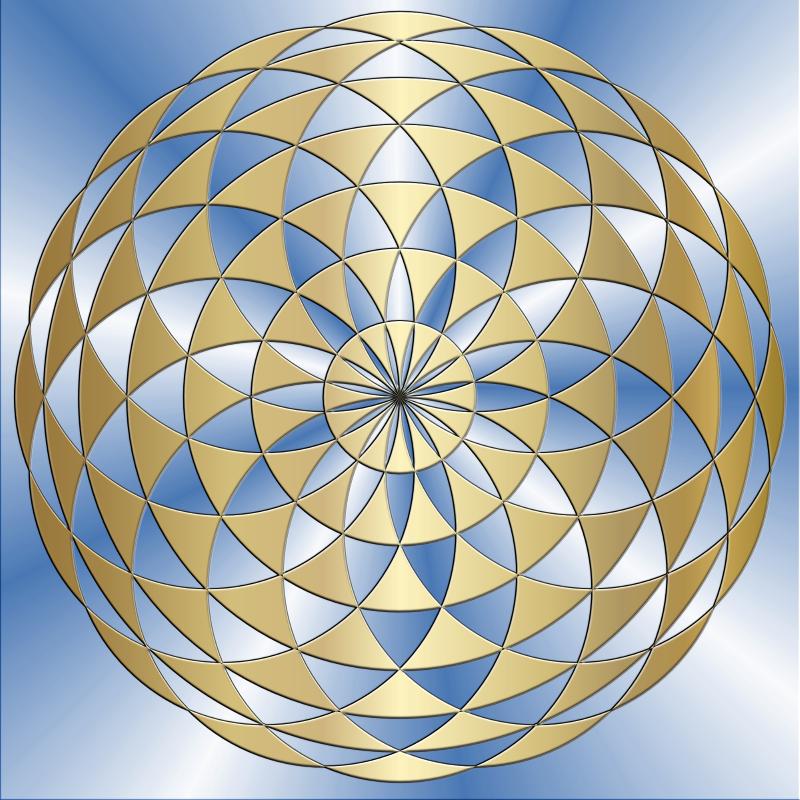
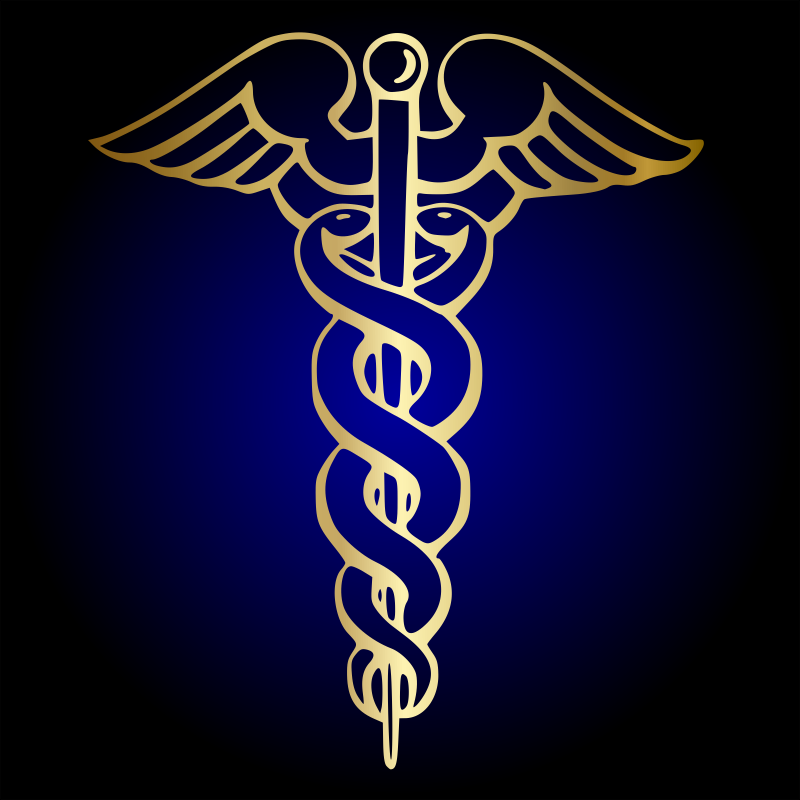
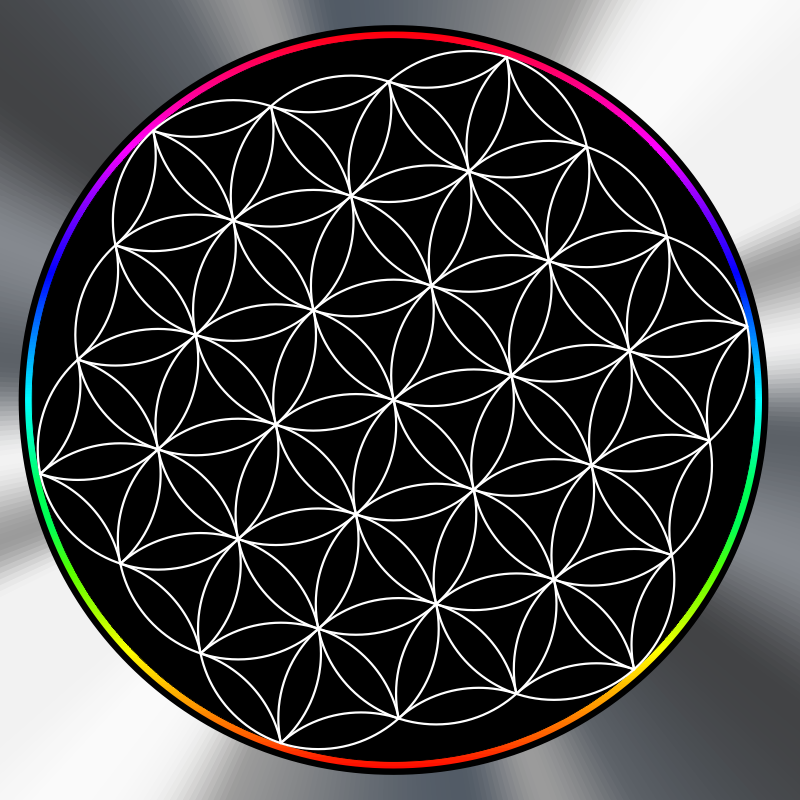
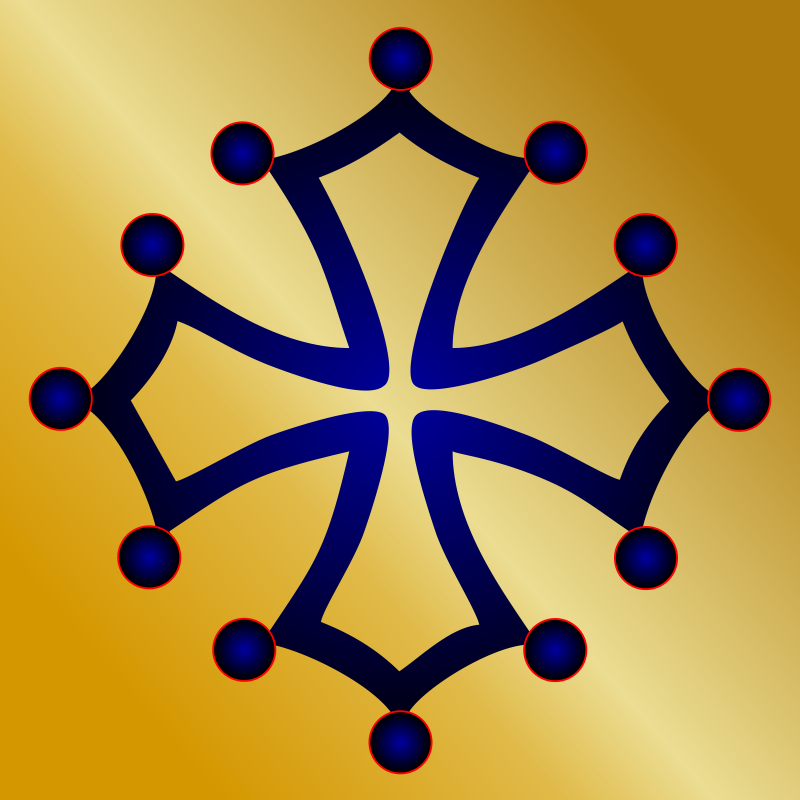
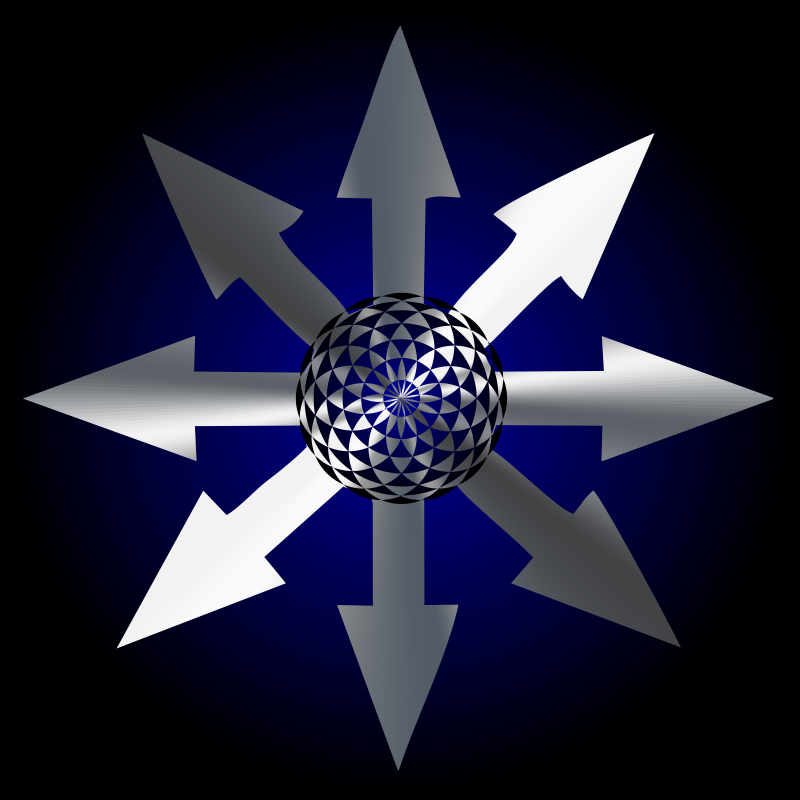
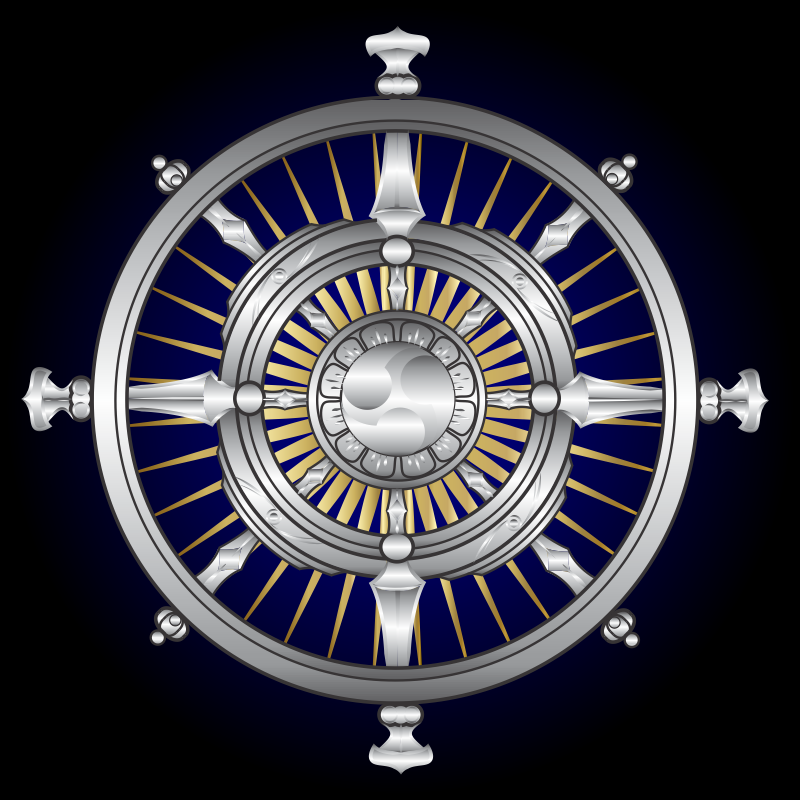
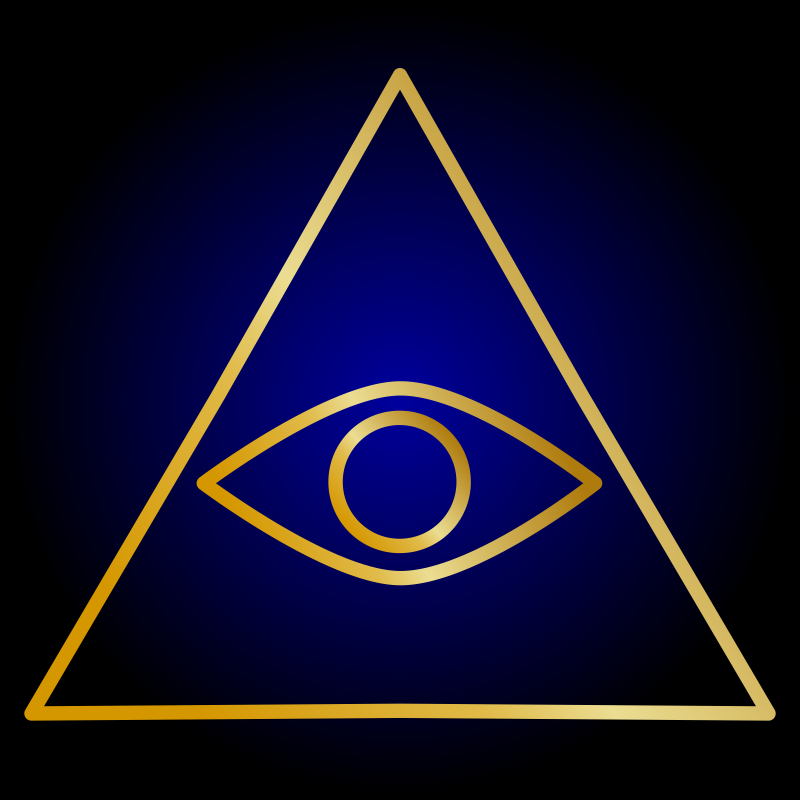
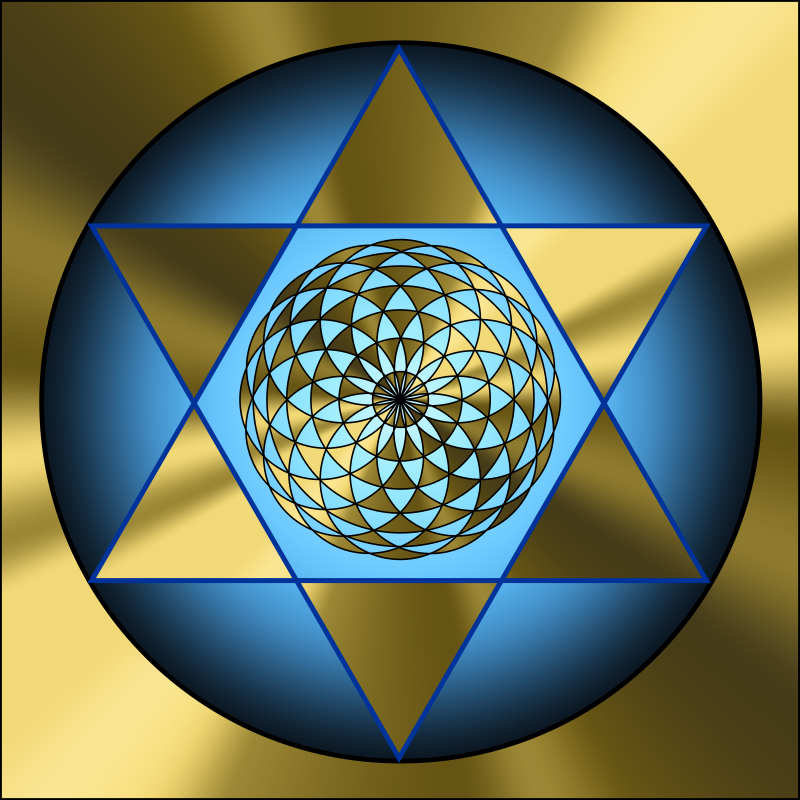
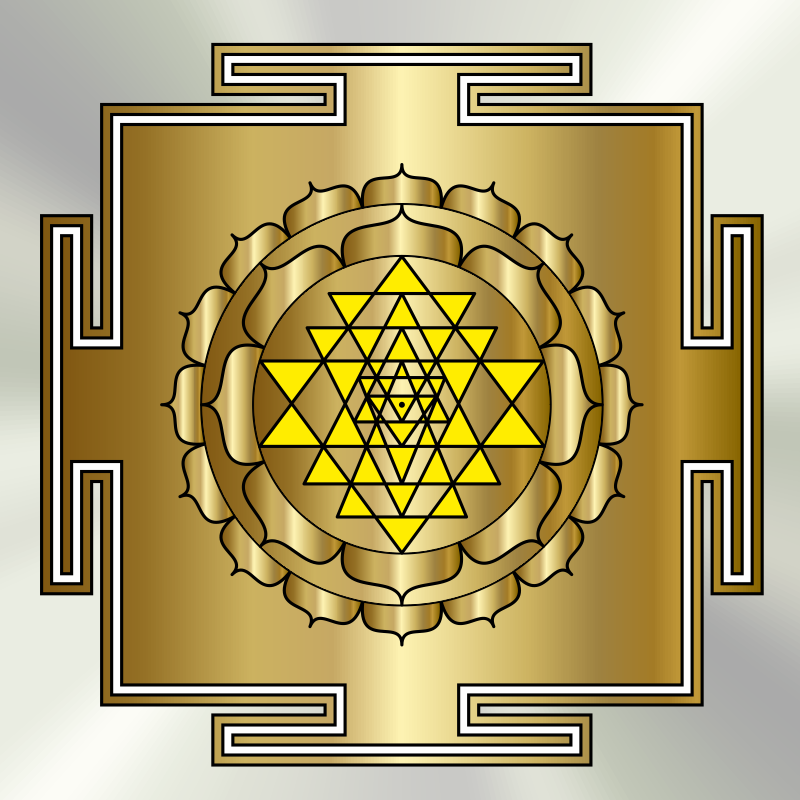
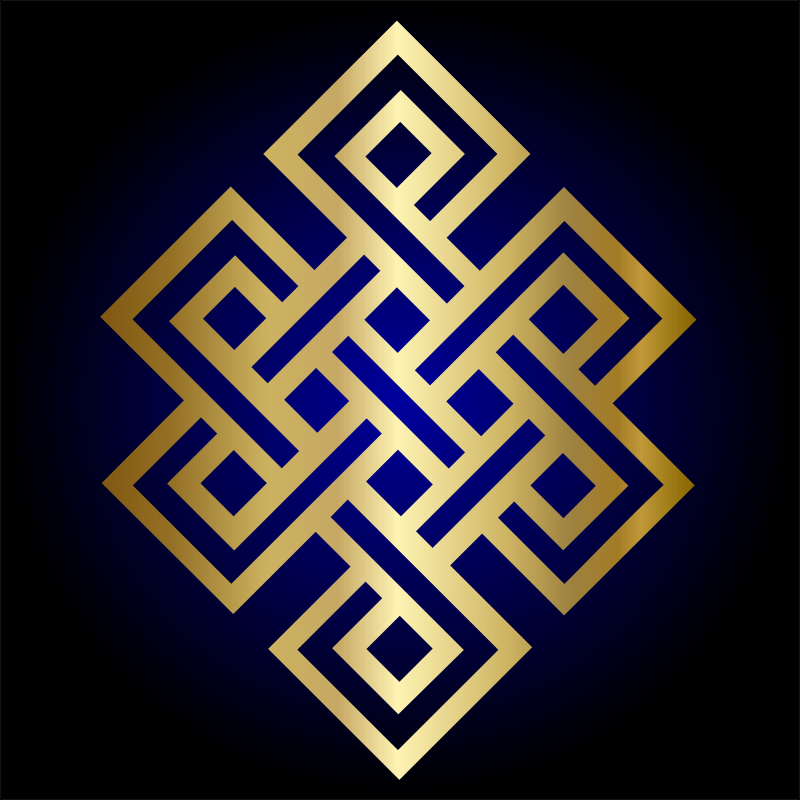
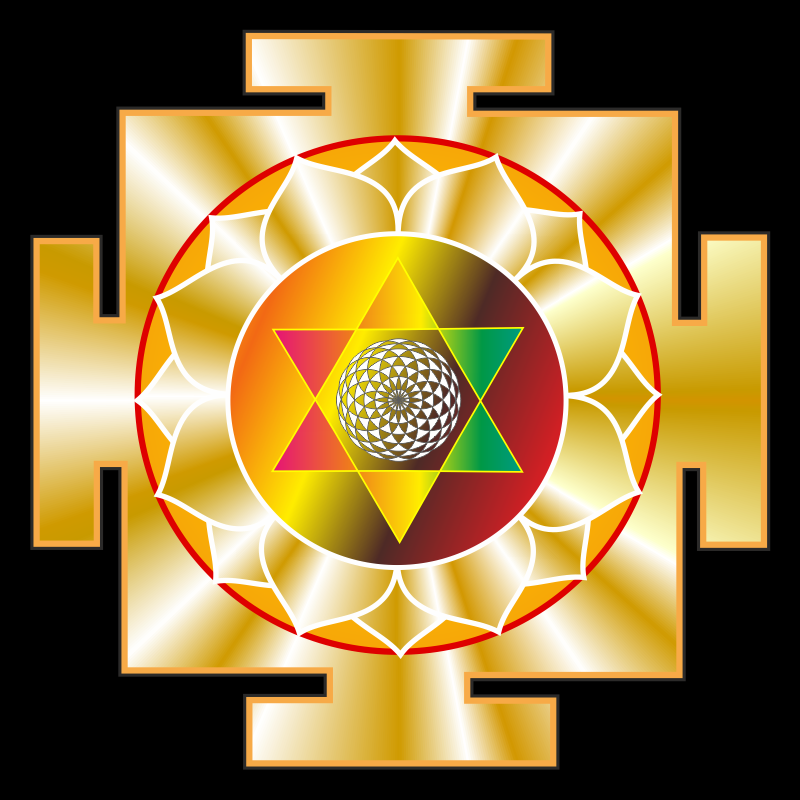
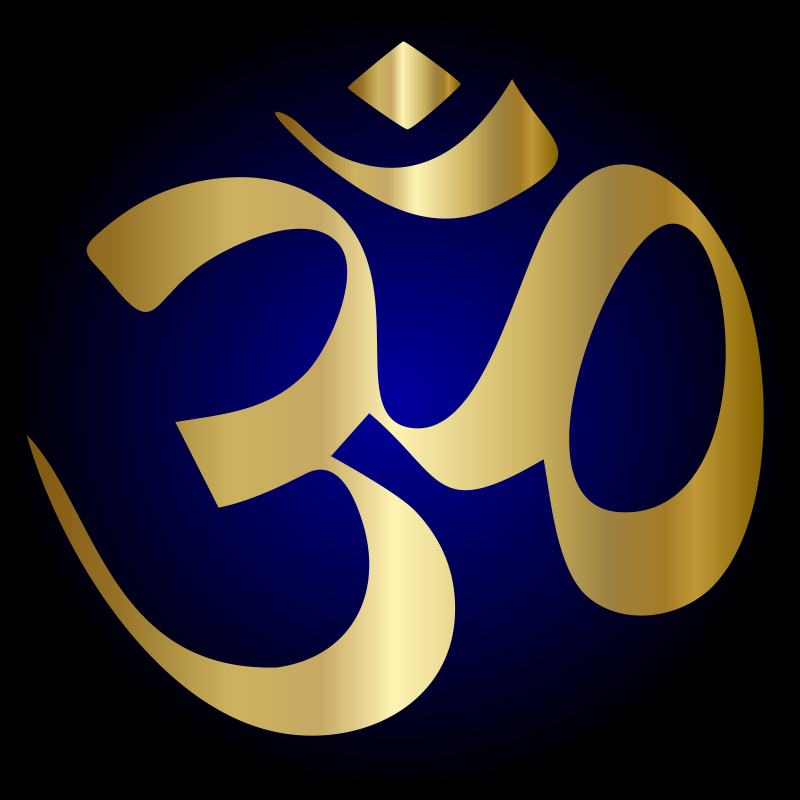
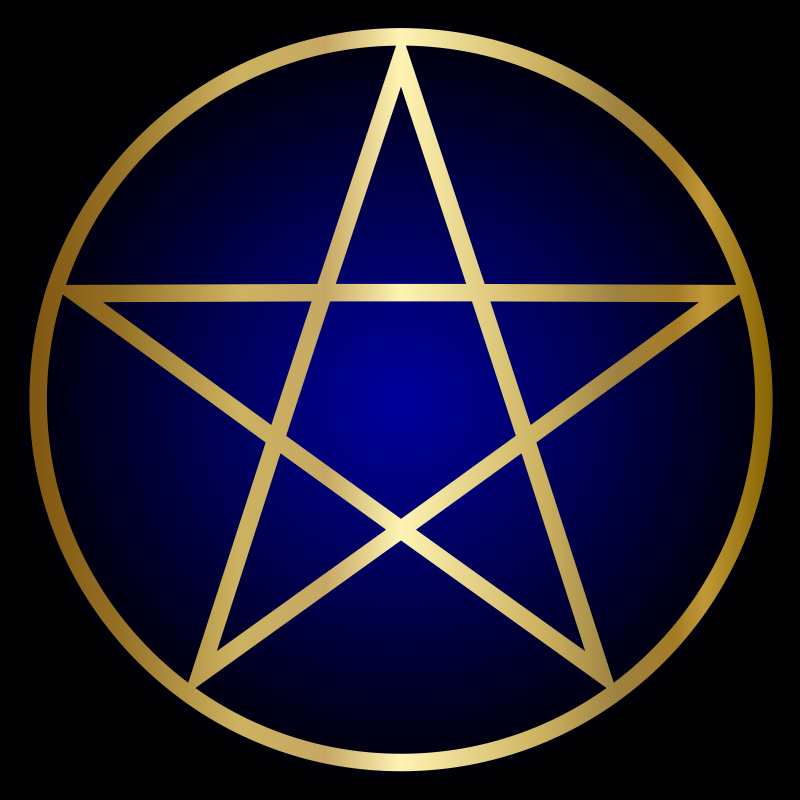

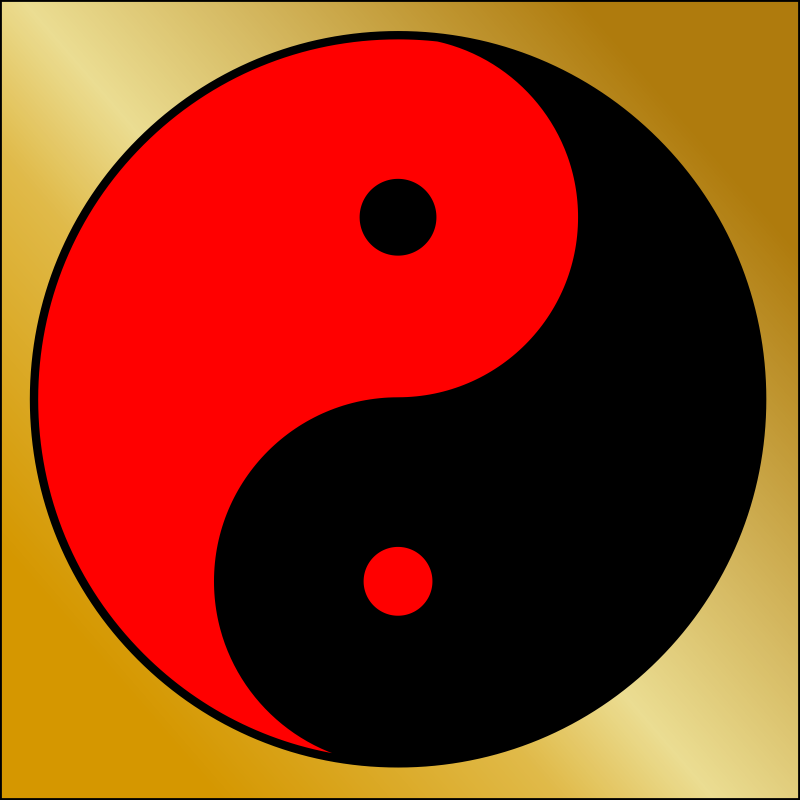
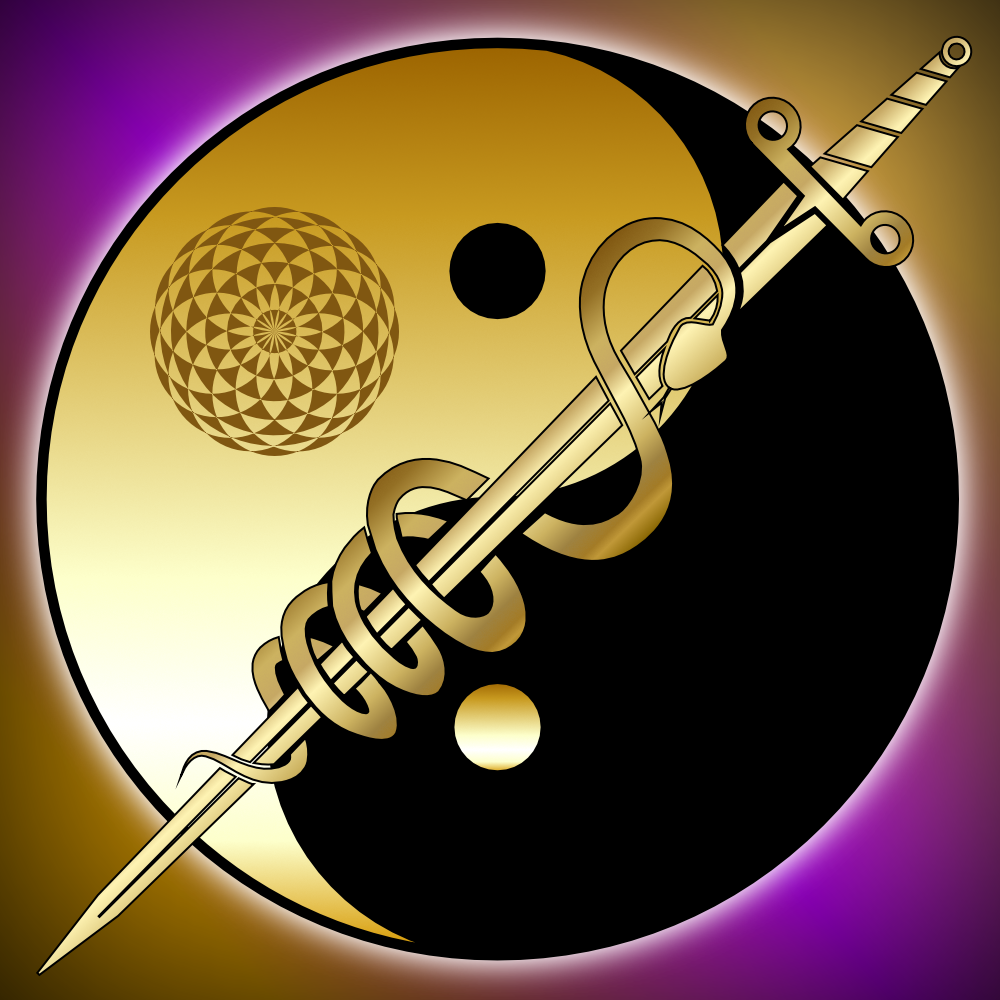
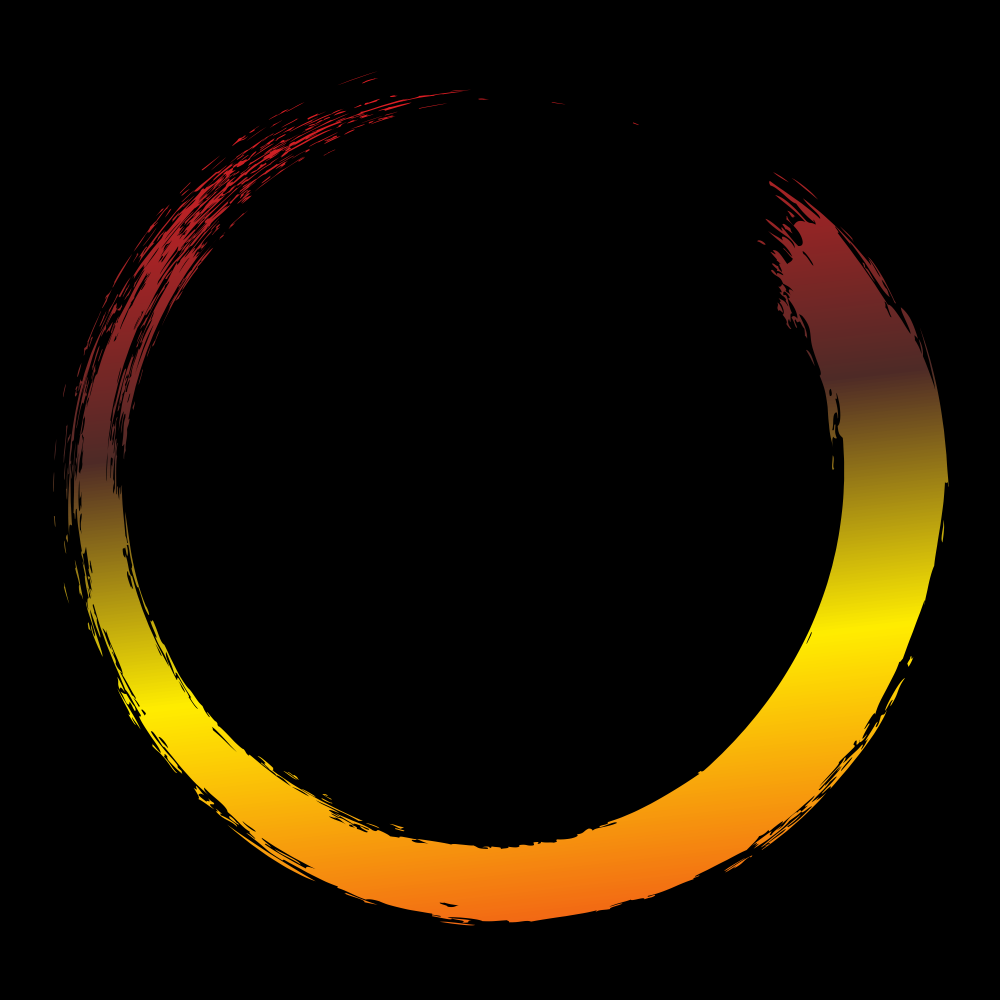
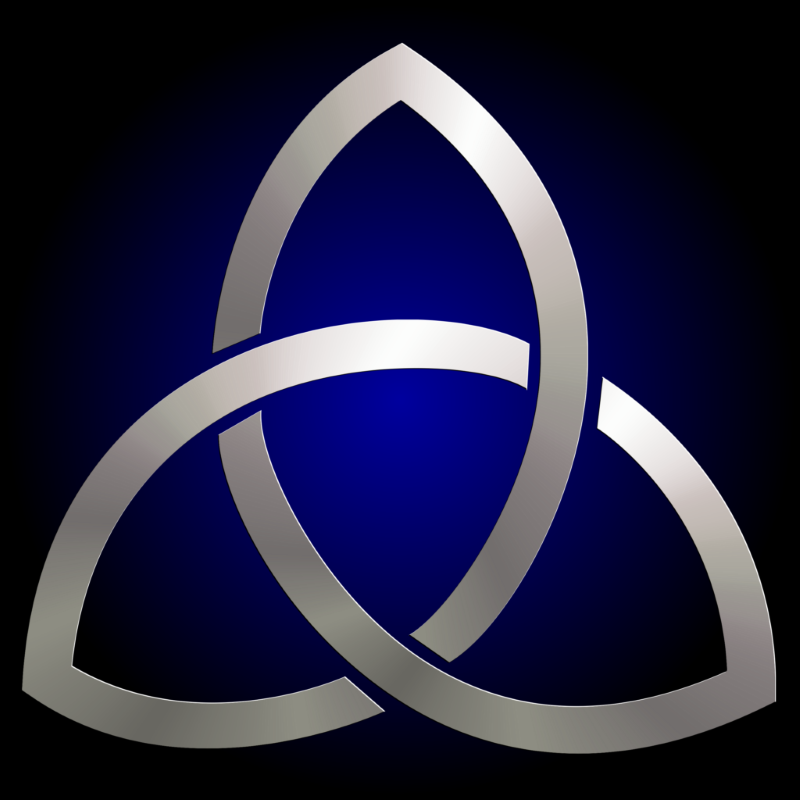
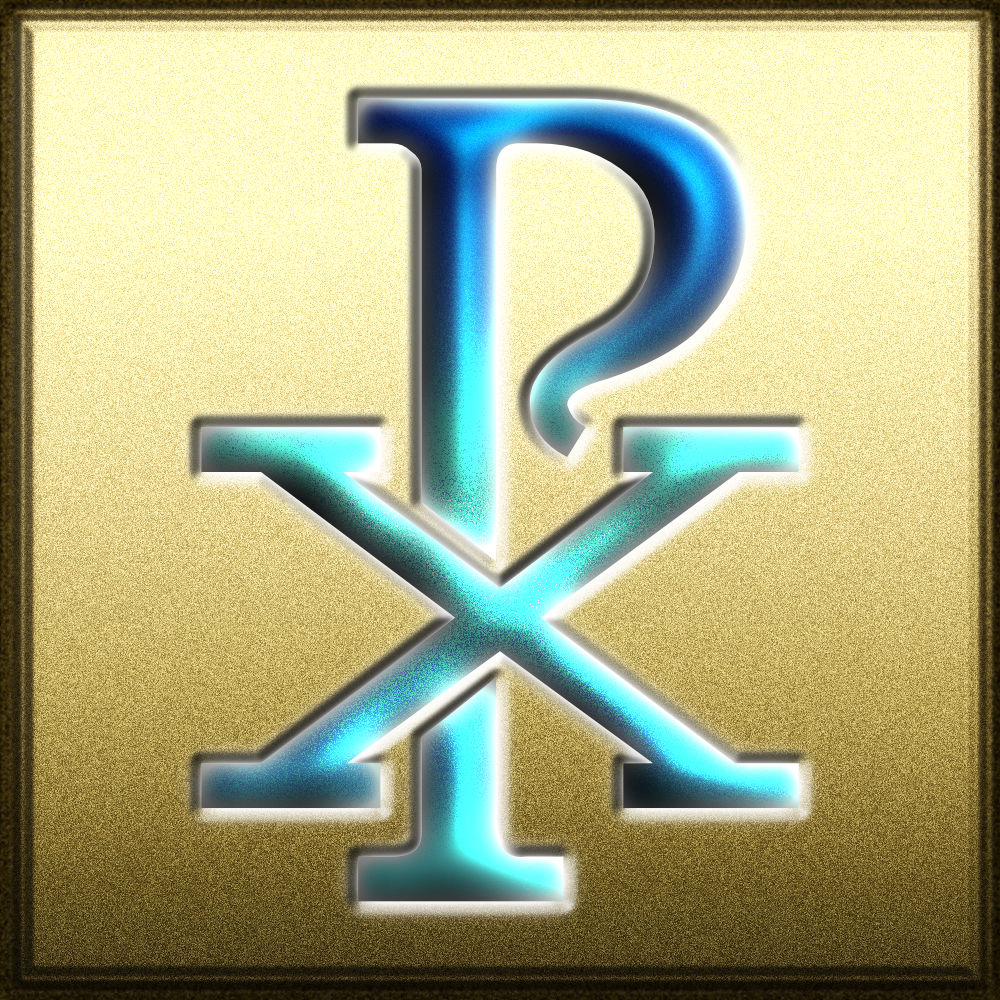
Explanations of the symbols

Sixteen
I designed this symbol myself, back in school when I got a compass box.
It is called 16 because the small curved triangles in each row are exactly 16.

Rod of Asclepius
In Greek mythology, the Rod of Asclepius (Greek: Ράβδος του Ασκληπιού, Rábdos tou Asklipioú, sometimes also spelled Asklepios or Asclepius), also known as the Staff of Aesculapius and as the asklepian, is a serpent-entwined rod wielded by the Greek god Asclepius, a deity associated with healing and medicine. The symbol has continued to be used in modern times, where it is associated with medicine and health care, yet frequently confused with the staff of the god Hermes, the caduceus. Theories have been proposed about the Greek origin of the symbol and its implications.
read more

Flower of Life
The flower of life is an ornament on a hexagonal section of a triangular grid. At each grid point, circles or arcs intersect around the six adjacent grid points, so that adjacent grid points are connected by lenses, ninety in number.

Cathar Cross
The term Cathars (literally „the pure“, from Greek καθαρός, katharós „pure“) stands for the followers of the best-known and most radical heterodox tendency of medieval Christianity, which from the 12th to the 14th centuries mainly in southern France as well was common in Italy, Spain and Germany. Sometimes they are also called Albigensians (sometimes also: Albingensians) after the town of Albi in the south of France. The Cathars never developed a unified teaching system. All groups had only a radical dualism. Their way of life was characterized by anti-clerical, ascetic and property-rejecting attitudes. In the course of the Albigensian Crusade and other campaigns, as well as the Inquisition, the Cathars were persecuted as heretics and are considered destroyed by the year 1400.‘
read more

Chaos
The symbol of chaos comes from Michael Moorcock’s Eternal Champion stories and his dichotomy between law and chaos. In them, the symbol of chaos consists of eight arrows in a radial pattern. In contrast, the symbol of the law is a single upright arrow.
read more
I added the 22 symbol in the middle. This makes it look rounder.

Dharma
In Buddhism, Dharma Chakra is the symbol of the teaching preached by Buddha, Siddhārtha Gautama. Dharma Chakra is represented as a wheel with 8 spokes, sometimes more spokes. The Dharma Chakra with 8 spokes symbolizes the eightfold path to liberation, to enlightenment.

Eye of Providence
The Eye of Providence (also all seeing eye, eye of God, or God’s eye) is a symbol that is usually interpreted as the eye of God that sees everything. It is depicted as an eye surrounded by a halo and is usually enclosed by a triangle that refers to the Trinity. This triangle also includes the aspects that are said to be associated with the number three, which was known from ancient times as the approximation of the circle number and was therefore considered a sacred, „divine“ number.
read more

Hexagram
The hexagram (Greek: hexágrammos with six lines) refers to the six-pointed star, a six-pointed star made up of two interwoven equilateral triangles. If you connect the tips of the hexagram with six lines, you get a hexagon. The contour lines of one triangle alternate across the other.
read more

Kali Yantra
Yantras (Sanskrit यन्त्र yantra, n., From yam “to support”, “to hold”) are ritual diagrams that are common in Hinduism and Tantrism and are used for meditation or have an initiatory function. Yantras are graphic representations, a figure with spiritual and ritual meaning. Yantras are always purely geometric figures, in contrast to mandalas, which can also contain iconic representations – there is also some belief that yantras contain mandalas.
Meaning of the Kali Yantra
The goddess Kali is worshiped as the „mother of time (Kala)“ and her destruction, as the origin of breath (Prana), divine love (Preman) and transformation (Parinama). Thus, the Kali Yantra stands for transformation and healing.

Karma
Everything is connected through the eternal knot
In this symbol, all aspects of life, but also beliefs, are connected or entangled with one another.
The endless or Buddha knot is the symbol for the infinite, because there is no fixed start and end point.
The knot unites all existing things and also takes up the law of cause and effect.
In the Buddhist religion the knot is represented with six loops, whereas in the Tibetan area forms with only four loops are common.

Krishna Yantra
This is a self-made symbol.

Om
Om is a syllable that is considered sacred by Hindus, Jainas and Buddhists. The sound is closely related to the piercing deep sound of the shankha snail horn. Many mantras that consist of several words are preceded by the syllable Om, for example the Buddhist mantra Om mani padme hum.

Pentagram
Pentagram (from ancient Greek πέντε pénte „five“ and γραμμή grammē „line, dash“; πεντάγραμμος pentágrammos „with five lines“) denotes a shape of the five-pointed star, also known as the five-pointed star, which results when each time one is connected to the five corner points or two are skipped and the chords thus generated are of the same length.
read more

Triskelion
A triskelion or triskeles is a motif consisting of a triple spiral exhibiting rotational symmetry. The spiral design can be based on interlocking Archimedean spirals, or represent three bent human legs.
The triple spiral is found in artefacts of the European Neolithic and Bronze Age with continuation into the Iron Age especially in the context of the La Tène culture and related Celtic traditions. The actual triskeles symbol of three human legs is found especially in Greek antiquity, beginning in archaic pottery, and continued in coinage of the classical period. In the Hellenistic period, the symbol becomes associated with Sicily in particular, appearing on coins minted under Dionysius I of Syracuse beginning in c. 382 BC. The same symbol later appears in heraldry, and came to be associated specifically with the Isle of Man (known as ny tree cassyn „the three legs“).
read more

Yin Yang
The Taijitu (太极图), more commonly referred to as Yin and Yang, is a Chinese symbol from a belief system called Taoism. It is also stylized as Yinyang or Yin-Yang.It represents the idea that nature is made up of opposing, yet complementary forces and energy. The traditional symbol has two opposite colors, White (Yang) and Black (Yin). Both sides contain the opposite color inside of itself to represent the main idea of dualism. Some examples of these balanced opposites are: Light and Dark, Male and Female, Expansion and Contraction, Up and Down, Sun and Moon, and Movement and Rest. Yin and Yang are interchangeable with one another, so Yang can become Yin. The Yin-Yang duality also applies to how people should live their lives. The belief is that we should not have too much or too little of something, such as food for example. While food is essential to life and survival, eating too much can cause health problems, while too little causes starvation.

Snake and Sword
Self-designed symbol

Enso
The Ensō (円 相, Japanese: circle) is a symbol from Japanese calligraphy (see Shodō, the way of writing), which is closely related to Zen Buddhism.
Although Ensō is a symbol rather than a letter, it is one of the most common drawings in Japanese calligraphy. It symbolizes enlightenment, strength, elegance, the universe and the void, but can also symbolize the Japanese aesthetic itself. As an “expression of the moment”, Ensō is often seen as a form of expressionist art.
read more

Triquetra
The triquetra (/traɪˈkwɛtrə/; from the Latin adjective triquetrus „three-cornered“) is a triangular figure composed of three interlaced arcs, or (equivalently) three overlapping vesicae piscis lens shapes.
It is used as an ornamental design in architecture, and in medieval manuscript illumination (particularly in the Insular tradition). Its depiction as interlaced is common in Insular ornaments from about the 7th century. In this interpretation, the triquetra represents the topologically simplest possible knot.
read more

Christogram
A Christogram is a monogram or combination of letters that forms an abbreviation for the name of Jesus Christ, traditionally used as a religious symbol within the Christian Church.
One of the oldest Christograms is this Chi-Rho . It consists of the superimposed Greek letters chi (Χ) and rho (Ρ), which are the first two letters of Greek χριστός „Christ“.
read more

